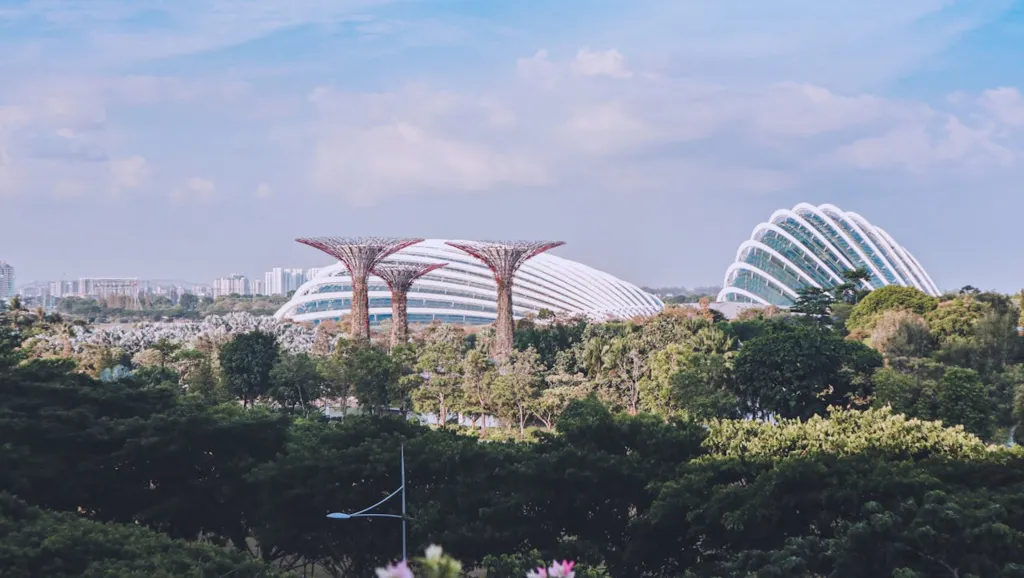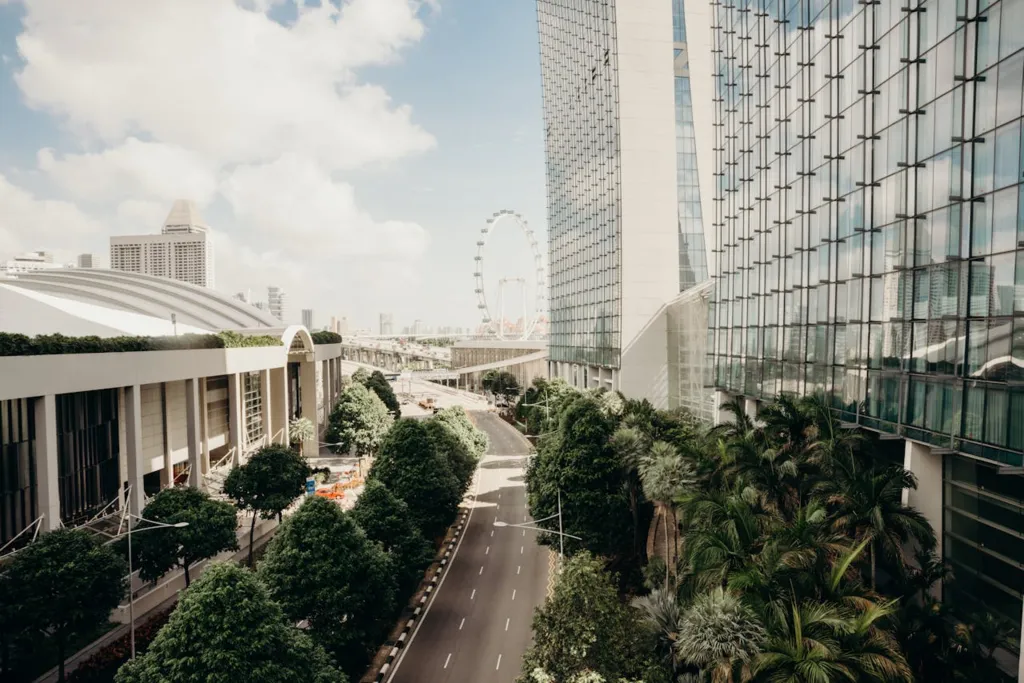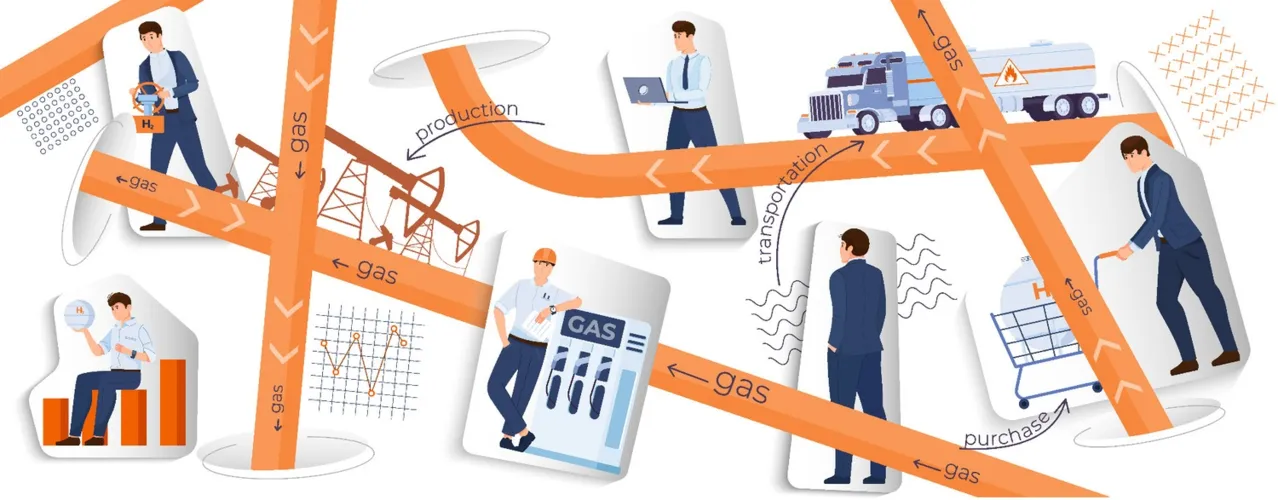Southeast Asia is undergoing one of the largest urban transformations in the world. By 2050, ASEAN cities will need to accommodate nearly 200 million additional residents—driven by population growth, migration, and economic opportunity. If unmanaged, this could mean unchecked sprawl, mounting emissions, and inefficient infrastructure.
But there’s another path. High-density urban planning, when designed holistically, can become a powerful lever for sustainability, resilience, and wellbeing. According to the World Bank, compact cities consume 30–50% less land, have up to 70% lower transport emissions, and halve utility costs per capita compared to low-density developments.

Singapore: High Density, High Quality of Life
No city has demonstrated this better than Singapore—often cited as a global benchmark for sustainable urban density. With 5.9 million residents on just 728 km², it is one of the most densely populated countries in the world. Yet it consistently ranks high for liveability, infrastructure quality, and environmental performance.
Key features of Singapore’s planning model include:
- Integrated HDB towns with schools, clinics, markets, and transport hubs within a 10-minute walk
- Over 47% green cover including vertical gardens, green roofs, and biodiversity corridors
- Smart districts like Punggol Digital District and Tengah “Forest Town”, which feature:
- Centralised district cooling
- Smart water management
- AI-assisted energy and mobility systems
- Autonomous last-mile shuttles
Planning is underpinned by digital tools like the Digital Urban Twin, which supports scenario modelling and public engagement.

District-Level Energy: A New Layer of Urban Infrastructure
The shift from building-level sustainability to district-wide energy systems is transforming how neighborhoods reduce emissions and improve efficiency.
Singapore Examples
- District Cooling Systems (DCS): Marina Bay’s DCS cuts energy use by 40% and avoids 19,000 tonnes of CO₂ annually—equal to removing 4,000 cars. DCS networks are expanding in Tengah, Jurong, and Punggol.
- SolarNova and Rooftop Mandates: More than 7,000 HDB blocks are being fitted with solar under the SolarNova program, aiming to help Singapore meet its 2 GWp solar deployment target by 2030.
- Microgrids & Storage: The Pulau Ubin microgrid (solar + biodiesel + battery) powers off-grid residents 24/7—showcasing a resilient, decentralised model.
ASEAN-wide Innovations
- Bangkok: Smart grid pilots by MEA and EGAT
- Vietnam: Microgrid trials in Vinh Yen and Ho Chi Minh
- Indonesia: New capital Nusantara targets 100% renewable power
Benchmark: Density vs. Livability (Selected Cities)
| City | Density (per km²) | Green Space per Capita (m²) | Public Transport Usage (%) |
|---|---|---|---|
| Singapore | 7,850 | 66 | 63% |
| Paris | 20,300 | 14 | 68% |
| Seoul | 16,000 | 18 | 72% |
| Bangkok | 5,300 | 3 | 27% |
| Jakarta | 15,000 | 2 | 20% |
Sources: World Bank, URA Singapore, Seoul Statistics, Paris Urban Agency, UITP
France’s Eco-Neighborhoods: Street-Level Sustainability
Since 2009, France has pioneered “écoquartiers” (eco-neighborhoods) that blend environment, transport, and social wellbeing. Over 500 certified eco-neighborhoods have been built with strong citizen engagement and performance indicators.
Notable cases include:
- Clichy-Batignolles, Paris: 54 ha site on former rail yards; 40% green space, geothermal heating, carbon footprint 30% below average
- Bonne, Grenoble: Focus on energy-neutral housing, greywater reuse, and participatory budgeting
- Fives Cail, Lille: Industrial brownfield redeveloped with urban farming, circular economy and affordable housing
French players are now bringing this expertise to ASEAN, supporting shared energy networks, mobility platforms, and social programming.
ASEAN Trends: Water, Waste, and Green Mobility
Water Resilience
- ABC Waters (Singapore): Transforms drains into active blue-green public spaces
- Jakarta NCICD Project: Combines flood control, polder systems, and waterfront regeneration
Waste Innovation
- Bangkok: Digitized waste collection
- Da Nang (Vietnam): Smart bins trialling pay-as-you-throw
Mobility Revolution
- Singapore: Walk-Cycle-Ride strategy aiming for 90% sustainable mode share by 2040
- Hanoi & Manila: Metro lines and greenways will reduce car dependence
These trends open up new business opportunities across IoT for utilities, modular infrastructure, and decentralized services.
Enabling Conditions: Policy & Regulation
Scaling Sustainable Neighborhood Design requires enabling policy frameworks:
- Energy Performance Mandates and Green Building Codes
- Zoning incentives for mixed-use TODs
- Carbon pricing
- District-level PPPs for shared infrastructure
- Green financing via urban climate funds or project greenprints
Agencies like Singapore’s BCA and France’s ADEME provide the regulatory clarity and technical guidance that make innovation bankable.
Final Thoughts: Shaping ASEAN’s Urban Future
Designing sustainable neighborhoods is no longer about individual buildings—it’s about entire ecosystems: energy, water, mobility, housing, and wellbeing.
As ASEAN cities expand, they must leapfrog into compact, connected, and climate-resilient urbanism. The region can learn from both:
- Singapore: System integration, regulatory innovation, and digital tools
- France: Participatory design, field-tested district solutions, and long-term planning
Together, they can co-create future-ready urban environments—one sustainable neighborhood at a time.
Partner with Eurogroup Consulting SEA
We help governments, developers, and communities to realize Sustainable Neighborhood Design – from master planning and policy design, through implementation of energy networks, green space integration, and social wellbeing metrics. Contact us to begin transforming neighborhoods for the future.
Read Also: Building Innovation: Good Practices for Sustainable Buildings
FAQs
Q1: What trade offs does density bring?
Higher density can stress public services (transport, sanitation), increase heat island effect, and reduce privacy. Mitigating these requires thoughtful design—to include cooling structures, green corridors, efficient transit, and community spaces.
Q2: How feasible are district cooling or microgrids in existing neighborhoods?
Brownfield neighborhoods (existing) can retrofit district cooling or microgrid components, but it involves infrastructure investments, shared ownership models, regulatory licensing (e.g., cooling pipelines), and cooperation between private and public sectors.
Q3: Is Sustainable Neighborhood Design cost prohibitive for ASEAN cities?
Initial costs for green infrastructure or shared systems can be higher, but lifecycle cost savings (energy, water, waste, health) often offset them. Financial models, incentives, PPPs, and phased development help amortize costs.







